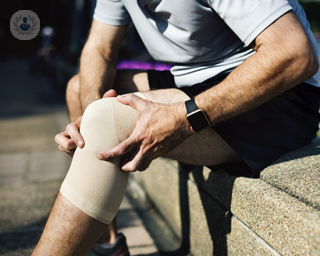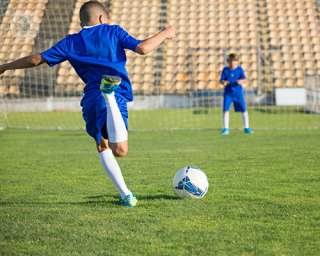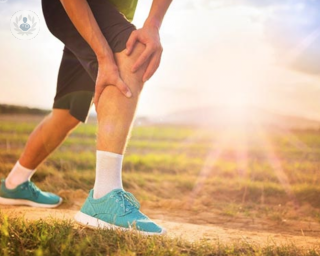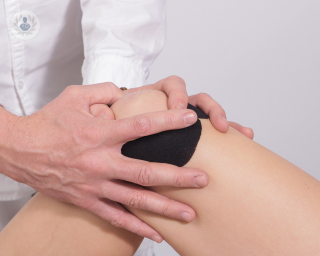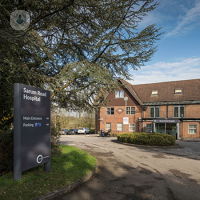Patellofemoral disorders
Mr Panos Makrides - Orthopaedic surgery
Created on: 03-05-2018
Updated on: 08-03-2023
Edited by: Kate Forristal
What are patellofemoral disorders?
Patellofemoral disorders are a range of problems that affect the kneecap and the patellofemoral joint (where the femur meets the patella, the kneecap). These conditions can either be caused through injury, or long-term conditions such as arthritis. A healthy patellofemoral joint moves smoothly against each other when the joint is bent or extended. The main problems that can cause issues with the patellofemoral joint are pain, instability, and arthritis. An orthopaedic surgeon would treat patellofemoral disorders. .
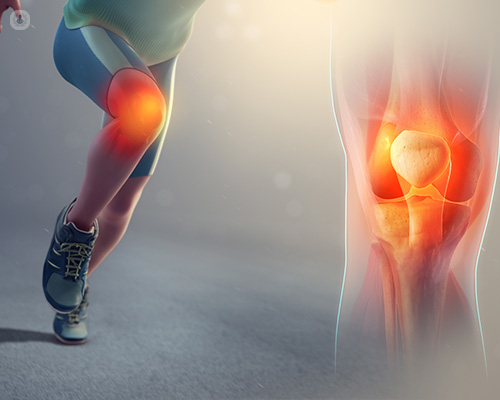
Patellofemoral pain syndrome is one such condition in which pain is experienced within the kneecap joint due to overuse or injury. Pain is often noticed during exercise, or even daily movements such as going up and down stairs. This is also known as runner’s knee. The pain is caused by an uneven distribution of weight on the kneecap, which can be caused by an abnormally tilted patella.
Patellofemoral subluxation and dislocation (kneecap instability) is another disorder of the kneecap. Subluxations can happen when the femur (thighbone) does not stay within the groove on the kneecap, but partially slips out. This is also happens when the kneecap becomes dislocated. Patella dislocations most commonly happen during sports and exercise, where the knee will usually buckle and cause the patient to fall over. In such instances, it is important to eliminate the possibility of an ACL tear as these are common knee injuries from sport as well.
Patellofemoral arthritis is characterised by stiffness and pain in the front part of the knee which can worsen on uneven ground or when walking up or down stairs. Pain is experienced due to worn down cartilage between the kneecap and femur. Arthritis can occur due to trauma, repeated dislocations or subluxations, or by ‘wear and tear’.
What is the treatment for patellofemoral disorders?
Patellofemoral pain syndrome can at first be treated non-surgically by reducing the inflammation. This can be done by taking anti-inlfammatory medication, resting the knee and applying ice. Sports and physical activity should also be avoided. In some cases, a cortisone injection can be given to help reduce inflammation. Physical therapy will also help to restore strength and comfort to the joint. If these measures do not provide relief, then a surgical procedure called a ‘lateral release’ can be performed in which the tissue that surrounds the knee joint is released and realigned.
Treating patellofemoral subluxation or dislocations differ depending on if the problems are occurring or not. Usually, for first time issues, treatment is non-surgical as the torn ligaments can heal on their own with rest. However, surgery will be needed if any bone or cartilage has been dislodged.
Treating patellofemoral arthritis starts with non-surgical methods, including rest, avoiding physical activity, and doing physical therapy movements that strengthen the surrounding muscles. Anti-inflammatory drugs can also be taken to relieve pain. For mild arthritis, steroid injections can help reduce pain and inflammation. Weight loss in overweight patients can help ease pressure and pain as well.
For patients who do not find relief in non-surgical treatments, partial knee replacement might be considered in which damaged cartilage is removed and replaced with a patella implant.

